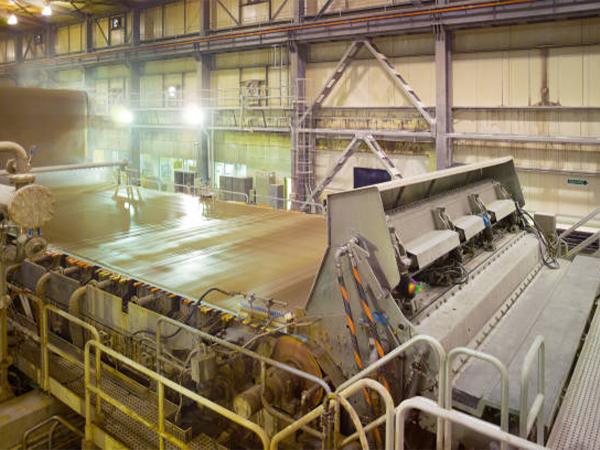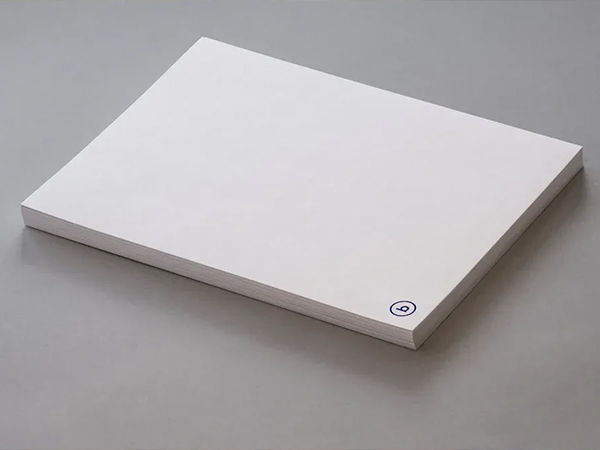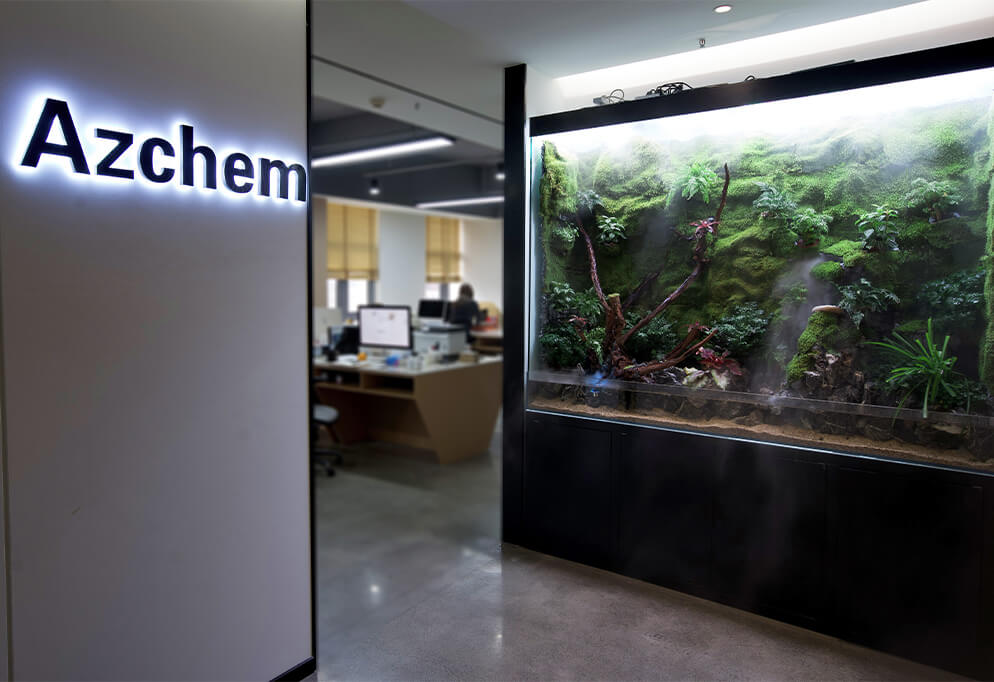Water is one of the most heavily used raw materials in paper mills. However, it contains a variety of suspended solids, colloids, microorganisms, gases, and dissolved ions, which often lead to production challenges—among which scale formation is one of the most frequent and problematic issues.
1. Common Types of Scale in Papermaking Systems
In papermaking processes, scale can generally be classified into soft scale and hard scale.
- Soft scale is a loose deposit composed of organic matter, inorganic particles, and microorganisms. It typically forms in areas with slow water flow, such as the inlets of heat exchangers or cooling systems.
- Hard scale forms when the concentration of inorganic salts in water exceeds their solubility, leading to crystallization and deposition on equipment surfaces.
Over time, soft scale with a high inorganic content may harden into hard scale, increasing the difficulty of removal.
2. Main Components of Paper Mill Scale Deposits
Typical components include:
- Calcium carbonate (CaCO₃) – most common
- Calcium oxalate
- Calcium sulfate
- Calcium phosphate
- Silica (SiO₂)
- Magnesium silicate
- Aluminum hydroxide
- Iron oxides
These are often mixed in varying proportions, but when one compound is dominant, the scale is referred to by its major component (e.g., “calcium carbonate scale”).
3. Identification Methods for Scale Deposits
Identifying the scale type is crucial for selecting the correct scale removal and cleaning strategy. The most accurate method is laboratory analysis, but preliminary testing can also offer helpful insights:
| Scale Type | Color | Identification Method |
|---|---|---|
| Calcium carbonate / Calcium oxalate | White or gray-white | Add 5% HCl: fizzing = CaCO₃; no/low fizz = oxalate |
| Calcium sulfate | Yellowish-white or white | Add 5% HCl: little to no fizz. Add BaCl₂: white precipitate = CaSO₄ |
| Silicate scale | Gray-white | Insoluble in HCl, partially dissolves when heated, fully dissolves in HF |
| Iron oxide | Brownish | Slowly dissolves in HCl, faster in HNO₃; resulting solution appears yellow/green |
4. Scale Removal Methods in Papermaking
After confirming the scale type, cleaning is typically carried out before implementing long-term anti-scaling measures.
Chemical cleaning and physical cleaning are the two main methods used in paper mill scale treatment:
- Chemical cleaning: involves using acids or alkalis to dissolve scale.
- Physical cleaning: uses mechanical force to break and remove deposits.
Common Chemical Cleaners:
- Organic acids: sulfamic acid, acetic acid, citric acid, EDTA
- Inorganic acids: HCl, HNO₃, H₂SO₄, H₃PO₄, HF
Acidic cleaning relies mainly on H⁺ ions, but the acid anion (e.g., F⁻ in HF) can also play a key role—for example, HF is effective for dissolving silica scale, which other acids cannot remove.
Important Considerations:
- Always add corrosion inhibitors before acids
- Assess compatibility with equipment materials
- Consider adding surfactants and wetting agents (e.g., sodium alkylbenzene sulfonate) to improve penetration
Example Cleaning Recommendations:
- For calcium oxalate or phosphate scales: use 1.0–3.5% HCl at ambient temperature
- For stainless steel or aluminum equipment: use alkaline EDTA solution, pH >10, temp >60°C
5. Solubility Tests and Cleaning Effectiveness Evaluation
Before first-time cleaning, it’s recommended to perform a scale solubility test to confirm chemical selection. During cleaning:
- Monitor chemical concentrations
- Ensure full flow coverage
- Use corrosion coupons for safety monitoring
Post-cleaning evaluations focus on:
- Scale removal effectiveness
- Corrosion control during cleaning
- Quality and durability of the passivation film






